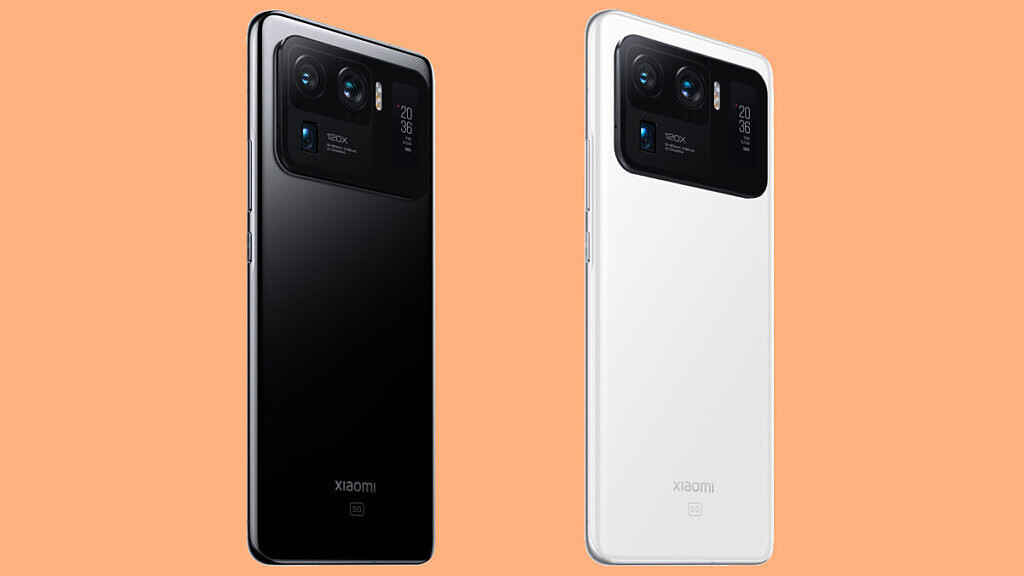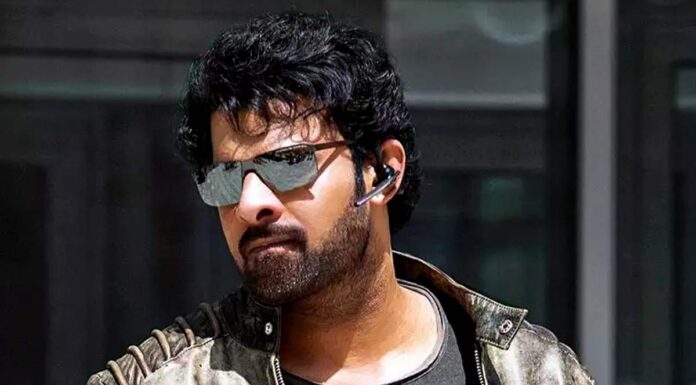That being said, we do not know when the Xiaomi Mi 11 will be launched in India, but it may compete with the Samsung Galaxy S21 Ultra and OnePlus 9 Pro.
Xiaomi’s latest smartphone, the Mi 11 Ultra, is adding to the Mi 11 line-up with a lot of style and a lot of substance. The phone, which succeeds the December launch of the Xiaomi Mi 11 in some countries, bring to the table a flagship Qualcomm Snapdragon 888 processor, becomes the first phone to use Samsung’s latest and ISOCELL GN2 sensor for the cameras and even a selfie screen on the back. The thing is, we don’t know the pricing or the availability details just yet, but we really hope Xiaomi gets this to India soon. The China pricing for the Mi 11 Ultra starts at 5,999 yuan, which is around $910 or Rs 66,207 after direct conversion to give you a general idea. This also means the Mi 11 line-up is now three phones strong, with the Mi 11 now being joined by the Mi 11 Lite and this gorgeous Mi 11 Ultra. This is the latest flagship phone from Xiaomi, and whenever it does go on sale in India, will sit at the very top of the pricing ladder for Xiaomi. It is expected to compete with the Samsung Galaxy S21 series, specifically the Samsung Galaxy S21 Ultra. There is also the OnePlus 9 Pro that needs to be considered as competition.
Running through the cool quotient of the Mi 11 Ultra, there are three cameras at the back—a 50-megapixel main sensor, a 48-megapixel periscope telephoto sensor and a 48-megapixel ultrawide. The Xiaomi Mi 11 Ultra is the first smartphone to use Samsung’s new ISOCELL GN2 sensor. This has large 1.4-micron pixels, which when pixel binning is deployed to combine the data from multiple pixels into one, becomes 2.8-microns for standard photos. The Mi 11 Ultra does 5x optical zoom, 10x hybrid zoom and 120x digital zoom. Take your pick. Mind you, this also has a 64-point laser focus system. On paper, this should be right up there with what you’d expect from a flagship Android phone in terms of photography, but a lot will depend on how the image processing algorithms have been tweaked—and that’s something we’ll know only when we get to experience the phone. That’s not all. The camera module also integrates a 1.1-inch AMOLED display sitting next to the camera module, which should be great news for those who tend to take a lot of selfies. That can also be used for peeking at notifications, in case you like to keep your phone face down in meetings so as to not get disturbed by a regularly illuminating screen.
In terms of what is under the hood, the Mi 11 Ultra runs the Qualcomm Snapdragon 888 processor, and you will be able to select variants with up to 12GB RAM and up to 512GB storage. There’s what Xiaomi says is a denser 5,000mAh battery with 67-watt fast charging too, wired and wireless. The Mi 11 Ultra also gets Harman Kardon tuned speakers. The body is ceramic, and the launch colour options include black and white. This is also IP68 waterproof rated. The display, the primary one once you stop admiring the secondary screen, is a 6.81-inch AMOLED display with 120Hz refresh rate and a 480Hz touch sampling rate. This is rated at 1,700 nits of brightness and is ready for HDR10+ and Dolby Vision content. Sitting above the screen is the Corning Gorilla Glass Victus. The selfie camera sitting in the punch hole is a 20-megapixel snapper. All said and done, we cannot wait for an update on when the Xiaomi Mi 11 Ultra will be released in India. We sure hope it happens soon, because this is a phone that is just too exciting to miss out on—and Mi fans would surely be already saving up for this powerful beauty. Let the flagship Android phone battles continue!













![Hotstar Premium Cookies 2019 [*100% Working & Daily Updated*] Hotstar Premium Cookies 2019 [*100% Working & Daily Updated*]](https://tahav.com/wp-content/uploads/2019/11/Hotstar-Premium-Cookies-Free-100x70.jpg)



